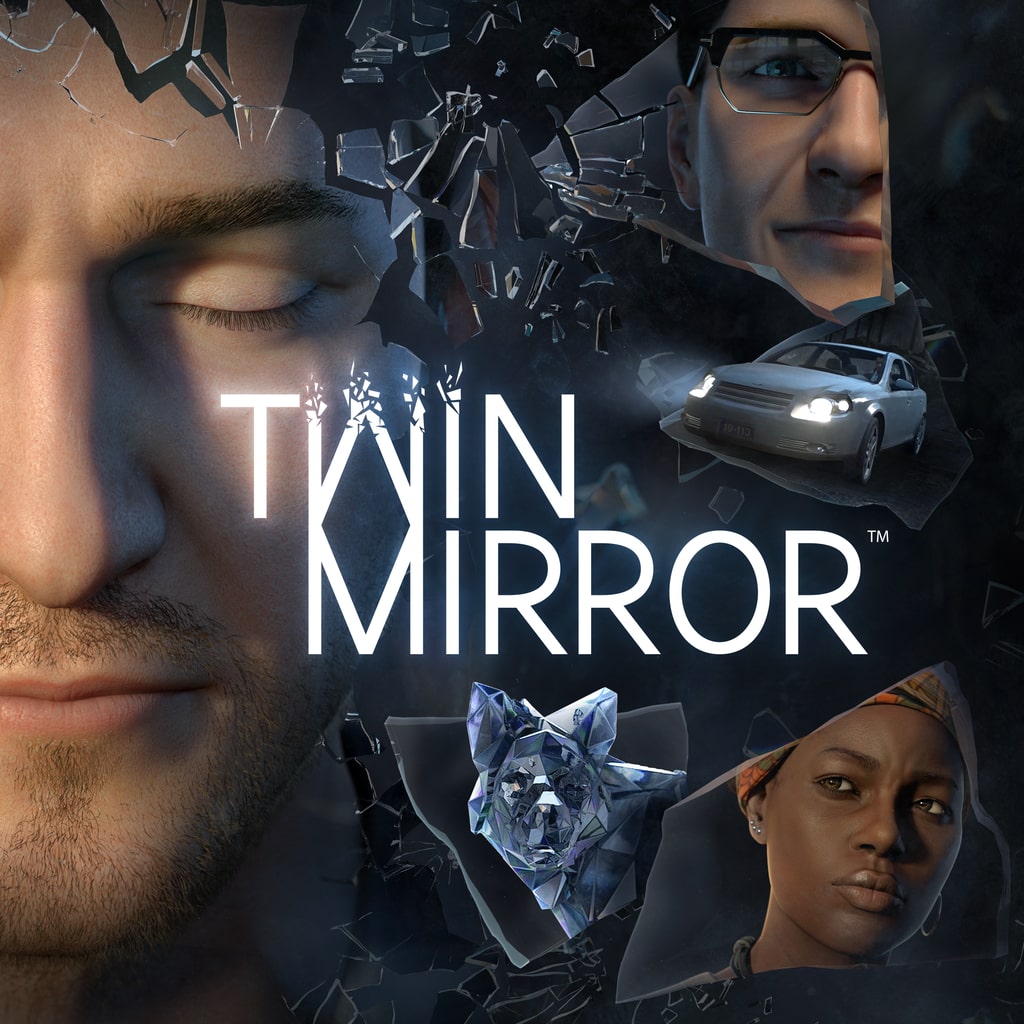

Officials point to the black piping running through the barn walls. One drawing shows what looks like a young female gagged and bound at her arms and legs. Rader’s disturbing sketches show three bound women in what investigators believe to be barns.

So now we’re driving around trying to find those by my memory and noting them because we need to go see, is there anybody missing or buried there.” “And then after he was arrested, we found out later that he had massive fantasies about those specific locations. And he would tease my mom about it,” Rawson said. Every time we drove around going camping, fishing, to college, he’d absolutely say this one – like he said, I want to retire here. “My father absolutely loves barns and silos. And so we had to find things for him to do because when he got inside and he was too cooped up, he would get all angry.” “And my dad needed to always be outside and be in the air and winter was hard for him. “My father did drafting at our house, he drew up plans for the gardens,” Rawson said. Just recently, law enforcement intercepted communications from Rader in prison revealing there may still be some hidden items in old barns, according to the sheriff. “We’re hoping that releasing these, someone might recognize one of these barns or the unique features in them, or the closeness of the silo to the barn or possibly might have even found items that they didn’t know why were there that could be very important in this case,” Virden told CNN. He honed the skills in a college drafting class, she told CNN.

Rader often sketched, according to Rawson. Virden’s team believes a barn closely positioned next to a silo was likely a favored haunt of Rader’s. Rader is known for his cat-and-mouse games, sending clues about his murders to law enforcement in the years before he was eventually arrested. Months after Cynthia disappeared, the Osage County Sheriff’s Office documented an anonymous call from a man claiming the teen’s body could be found in an old barn along the Oklahoma-Kansas border, Virden told CNN.Īlthough investigators recently were able to track down the deputy who took the call, the barn is still a mystery. Officials recovered hundreds of sketches in Rader’s belongings after his arrest years ago, but with the help of experts, Virden’s team believes a few rare color images may depict more crimes Rader committed. The sheriff launched an investigation back in January, poring over Rader’s writings, sketches and other evidence he obtained from Wichita police, finding what he believes are potential connections to several unsolved cases in the area.
INVESTIGATION DISCOVERY SHOWS COLD SERIAL
What causes someone to become a serial killer? It's a malignant combination of factors, experts sayĬNN’s Jean Casarez sat down with Sheriff Virden for an exclusive interview about Rader’s drawings Virden hopes the public can help identify.

(Original Caption) Suspected murderer Theodore Bundy, charged with the killings of FSU coeds Margaret Bowman and Lisa Levy who were beaten and strangled at the Chi Omega House in January, is shown in this photograph. In recent prison interviews, Rader told Osage County Sheriff Eddie Virden and other local area authorities he did not commit any other murders.Īn attorney for the serial killer declined to comment to CNN. He suggested in a letter found long before his capture that he should be called “BTK,” short for “bind, torture, kill.” Rader pleaded guilty to 10 murders that took place from the 1970s to the 1990s in Wichita, Kansas, for which he’s serving 10 consecutive life sentences in a state prison. Her body has never been found.ĬNN obtained images of Rader’s drawings, which were first recovered by law enforcement after his arrest in 2005. Kinney was last seen at a laundromat in Pawhuska, Oklahoma, in 1976. The investigators believe the killer may have buried 16-year-old Cynthia Dawn Kinney in a barn near the Kansas-Oklahoma border. Last month, the Osage County Sheriff’s Office publicly confirmed it was investigating Rader as the “prime suspect” in a 1976 cold case in their jurisdiction and several other unsolved crimes across three states. Now they’re hoping the public can help them identify barns and silos in Oklahoma, Kansas and Missouri that the self-proclaimed BTK killer Dennis Rader sketched in never-before-seen detailed drawings. A law enforcement team in northeast Oklahoma believes the prolific serial killer known as “BTK” may be responsible for several additional unsolved missing person and homicide cases.


 0 kommentar(er)
0 kommentar(er)
